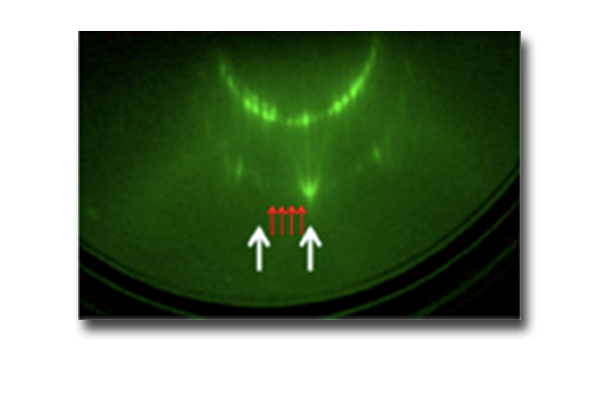The reflection high-energy electron diffraction (RHEED) is a diffraction technique that applies a variable high energy electron beam, of a kinetic energies typically between 1-15 KeV (can be up to 50 Kev), impinging onto the sample surface under grazing angles between 1-5°. These experimental conditions avoid a large penetration depth into the sample, in order to obtain the information surface sensitive and to benefit of a large forward scattering cross-section. The scattered electrons are detected on a fluorescent screen, determining a RHEED pattern. It is used during the ultra-high vacuum molecular beam epitaxy growth for online monitoring the atomic structural ad-layer changes and its thickness determination.


 English (UK)
English (UK)  Italiano (Italia)
Italiano (Italia)